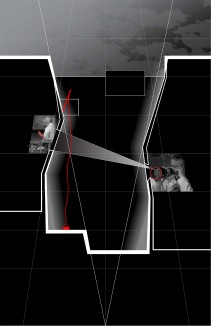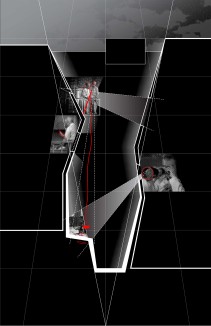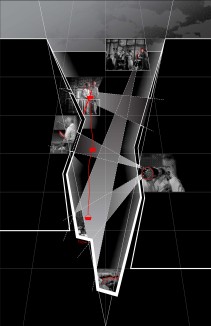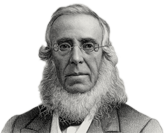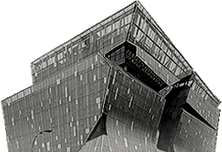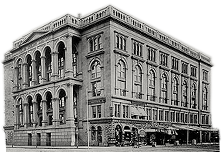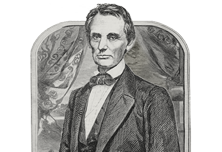Rear Window
This slideshow is part of: Master of Architecture II Fall 2013
Alfred Hitchcock generates a time and space that threads the movements of the story’s characters. This singular slice of the city becomes the backdrop for this spectacle to crystalize. Almost every character is swirling around the dwelling spaces except for one - L.B. Jeffries (Jeff). As a viewer we are tied to Jeff. Bound to this stationary vantage point we see no more or less than he does. It is the cognitive translation between the seen and unseen that makes the city a protagonist in Rear Window.
The set of drawings is a reading of the scene of the crime. There is an explicit act, which attracts all eyes to the space of the courtyard. The internal urban space is transformed by the sequence of the film. The courtyard flattens and all the characters appear to be on the same surface. This marks the first time that the courtyard dwellers interact with each other. We realize that this private courtyard is no more familiar than the public streets, which surround it. The flattened reading of the interior city block reveals an inverted urban phenomenon exposing that proximity does not produce familiarity.


